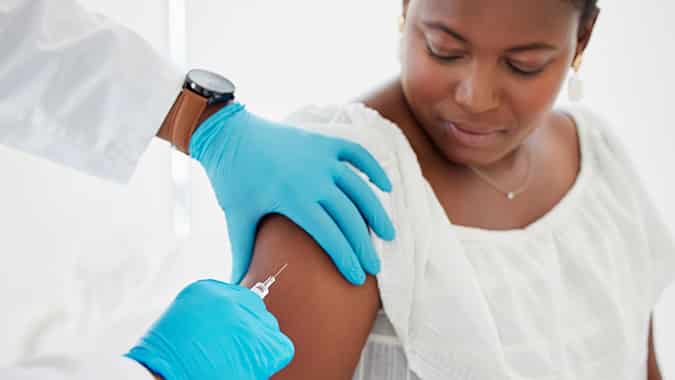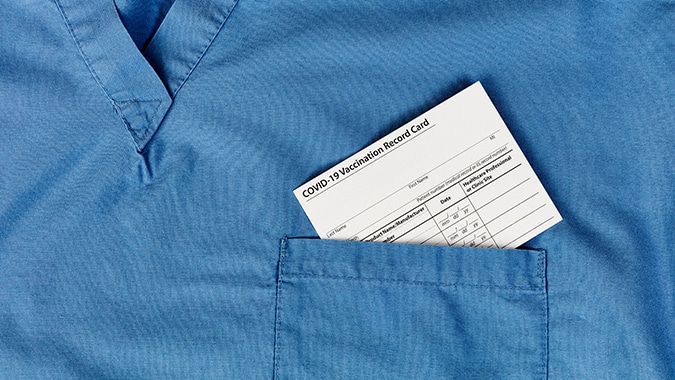One of the biggest disruptions the coronavirus pandemic has caused is record-high unemployment in the Garden State, and next year, it will hit employers hard financially unless lawmakers do something about it.
The process of doing something about it begins Thursday.
The Senate Labor Committee is scheduled to address the unemployment insurance (UI) fund, which has seen a healthy surplus depleted and left it essentially broke. Under New Jersey law, if the UI fund does not have enough money to pay benefits, employers’ payroll taxes increase automatically.
“Businesses are already being hit with new tax increases thanks to the budget,” said NJBIA Chief Government Affairs Officer Chrissy Buteas. “Considering how many businesses are already struggling to survive with limited reopening policies, a tax increase of this magnitude should not be allowed to move forward.”
NJBIA does not yet have the details of the bill, S-3011 (Madden, D-4), on Thursday’s agenda, but the association is hopeful that it will find alternatives to massive automatic UI tax increases while still providing the unemployment benefits New Jersey workers need right now.
As Capitol Memo reported last week, individual companies pay different UI rates, set in a series of tiers and columns, based on their layoff experience and the financial health of the UI trust fund. Right now, New Jersey is in column B, which represents the second lowest UI tax rate available. If nothing is done, that rate will go right to the maximum, column E+10%.
How much the actual tax increase would be depends on a range of factors. According to the non-partisan Office of Legislative Services (OLS), it could be as much as 58% or $919 million.
According to the latest news release by the New Jersey Department of Labor and Workforce Development, 1.6 million workers have applied for unemployment benefits during the pandemic, and the state has paid out nearly $16 billion in federal and state benefits.



